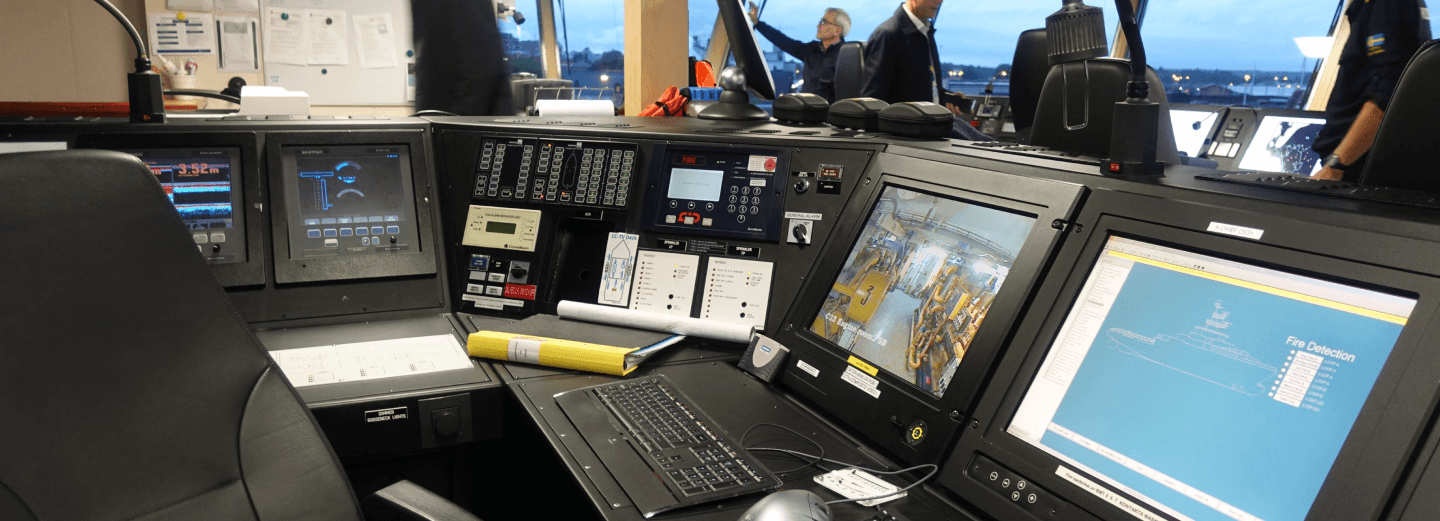
Coastal Observatory
Forecast
In addition to observation, the forecast of meteorological, hydrodynamic and wave variables is a fundamental task both to know the future state of the sea and to make a diagnosis of the past behaviour of the sea
Operational Numerical Weather Prediction system
Currently a numerical forecast system that runs a series of models on a daily basis with the following characteristics is maintained:
Hydrodynamic models
- 3D models ROMS for the Galician coast and MOHID for the estuaries.
- Resolutions for 2 km regional and 300 m for Rías Baixas and the gulf of Ártabro.
- Daily forecast of sea level, currents, salinity and temperature.
Atmospheric models
- WRF model.
- Resolution 4 km for Galicia and 1 km for Rías Baixas and the gulf of Ártabro.
- Forecast of temperature, wind, pressure, precipitation, among other variables, twice a day.
Wave models
- WWIII model for the open sea and SWAN for the coastal zone.
- With resolution less than 50 m.
- Forecast of significant height, period and wave direction.
These models are run with daily frequency or up to twice a day in the case of atmospheric models
All the above observations help to validate the models available to the Observatory and allow a highly accurate prediction of the ocean-meteorological conditions.

Hydrodynamic models
Daily forecast of sea level, currents, salinity and temperature
160
HYDRODYNAMIC MODELS
Atmospheric models
Forecast of temperature, wind, pressure, precipitation… twice a day
15 000
ATMOSPHERIC MODELS
Wave models
Prediction of significant height, period and wave direction
+ 50 000
WAVE MODELS
Numerical prediction on demand
Besides these daily models, the Observatory has the capability to run simulations on demand when necessary, either for a detailed study or for an emergency.
These on demand models can be:
- High resolution hydrodynamic models: are models for current predictions in a restricted area with a resolution above 50 m.
- Dispersion models of substances: they are pollutants, objects, faecal coliforms, hydrocarbons. They can be eulerian or lagrangian (particles) models.
In this regard, the Camgal Plan stands out, which has a rapid prediction system via the Aquasafe server.
Furthermore, a biogeochemical model, currently in the validation phase before being operationalized, will be incorporated in the near future.

